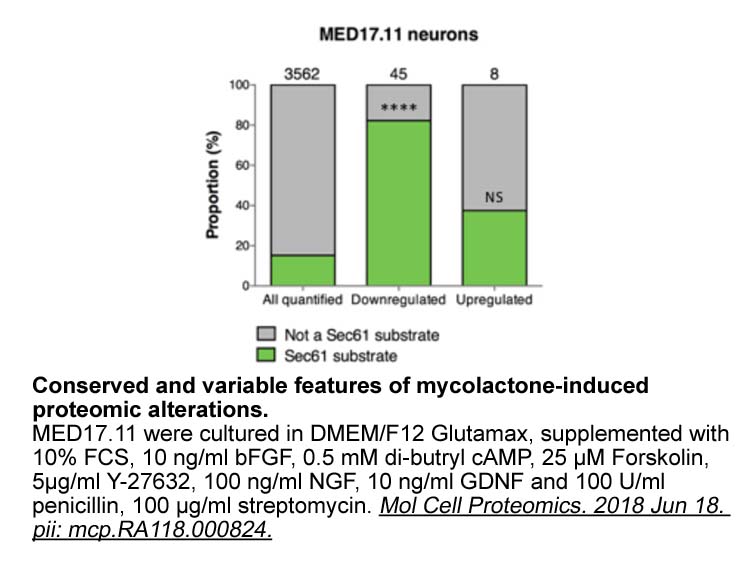Archives
alkylation of dna br Discussion By excluding heat and cold w
Discussion
By excluding heat and cold wave studies, we show that temperature exposure in time-series spanning three or more years/seasons is associated with increased risk for many cause-specific health outcomes in the elderly. Adverse heat effects are concerning because an increase in mean worldwide temperatures from global warming is anticipated (IPCC, 2013). Future studies might also consider using a time-series of 30+ years to build evidence on climate change-related temperature effects on cause-specific health outcomes in the elderly. Inter-study heterogeneity (I) was generally high. Although I exceeding 75% typically indicates considerable heterogeneity, this threshold is likely more suited for controlled epidemiological study designs. Observational studies on the temperature-health relationship, however, do not follow stringent reporting guidelines. A previous meta-analysis of temperature effects on cardiorespiratory health also reports I scores ranging 89–99% (Turner et al., 2012). Heterogeneity can be attributed to several factors including differences in location, exposure variable, modelling, lag structures, threshold temperatures, adjustment for confounding variables, and grouping of different morbidity outcomes (hospital, emergency or general practitioner (GP) visits). It remains unclear, however, why I reduced for hospital admissions, but not emergency admissions in our sensitivity analysis. Furthermore, inherent differences among locations including population age structure, access to medical care, social services for the elderly, housing quality and prevalence of air conditioning and heating/insulation can also increase I (Basu and Samet, 2002a; Kenny et al., 2010; Medina-Ramon and Schwartz, 2007). Most studies in our meta-analysis are located in the ‘C’ or temperate climate zone; geographic location is unlikely to be the primary cause of heterogeneity (Turner et al., 2012). Given the physiological limits to human alkylation of dna and climate sensitivity of local resources (i.e. crops, fisheries), populations living in regions with more extreme climates such as Africa are likely to be highly sensitive to shifts in temperature. There is need for better understanding of how the health risks vary for such groups. It proved unfeasible to obtain the original and covariate datasets for the 49 studies included here to run standardised regressions or test all causes of heterogeneity through meta-regression. We reason the studies meta-analysed here are comparable and produce meaningful results.
Risks were greatest for respiratory mortality and morbidity, with both heat and cold exposure, and longer lag periods. Heat exposure could trigger the release of inflammatory factors, increase ventilation and exacerbate chronic obstructive pulmonary disease (White, 2006; Leon and Helwig, 2010; Malik et al., 1983; Mannino and Mannino, 2011; Anderson et al., 2013), which is highly prevalent in the elderly. Anderson and colleagues also suggest that a few minutes of inhaling hot air can trigger adverse airway responses in the elderly, increasing morbidity (Anderson et al., 2013). Although indoor crowding and/or reduced ventilation during winter is thought to increase viral transmission (Hajat and Haines, 2002), alternative biological mechanisms have been proposed. Inspiration of cold air can cause bronchoconstriction and airway congestion, triggering asthma (Giesbrecht, 1995), and increase susceptibility to infection by reducing mucosal clearing (Eccles, 2002). We conclude that further research is required to establish aetiological mechanisms for how exposure to moderate cold and particularly heat cause adverse respiratory outcomes in the elderly. Sensitivity analysis revealed only a small to moderate (less than 2% per 1°C change in temperature) difference in the relative risk for studies that controlled for air pollution, with the exception of cold-induced respiratory morbidity. Although controlling for air pollution is common in studies of temperature on health, evidence suggests it is indeed important to capture the entire causal effect, rendering adjustment for air pollution unnecessary in most
adverse respiratory outcomes in the elderly. Sensitivity analysis revealed only a small to moderate (less than 2% per 1°C change in temperature) difference in the relative risk for studies that controlled for air pollution, with the exception of cold-induced respiratory morbidity. Although controlling for air pollution is common in studies of temperature on health, evidence suggests it is indeed important to capture the entire causal effect, rendering adjustment for air pollution unnecessary in most  circumstances (Buckley et al., 2014).
circumstances (Buckley et al., 2014).